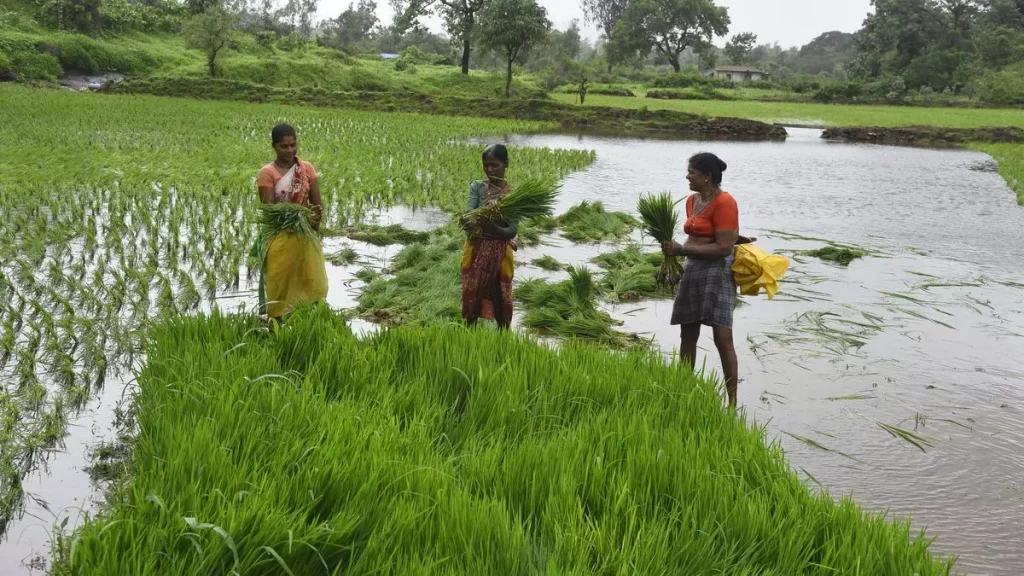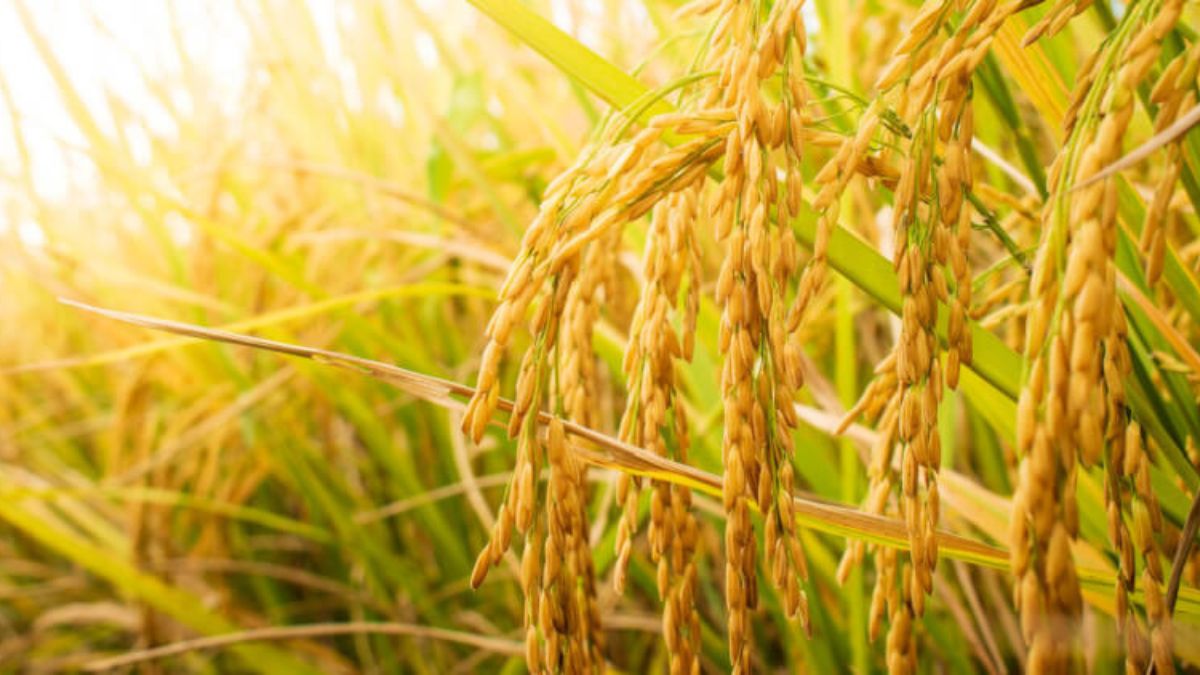Tags
How women can be given ‘farmer’ status in Indian agricultural eco-system
There is ‘feminisation’ of agriculture sector, with number of women increasing in multiple roles as cultivators, entrepreneurs and labourers.

The last century saw advancement of an intensive agriculture production system, stimulated by consumption-driven economics that has led to deep social and ecological consequences. The major river basins of northern and western India emerged as role models to take shape over the decades. The success in agriculture triggered a deterministic transformation of a fairly diverse landscape of the country and from the 1960s to this date, India witnessed a blend of initiatives (public and private) shaping the agriculture sector and reinforcing the ‘green revolution’ pathway.
However, there is one significant part of the agricultural revolution, which continues to be disregarded across the country, it is the women’s significant contribution to agriculture in rural India. It is known that 78 per cent of India’s employed women work in agriculture. As per the Annual Periodic Labour Force Survey, 2021-2022, agriculture has the highest estimated female labour force participation of 62.9 per cent. The rural women in India are contributing to this sector for many years, but mostly as labourers in their own farms and not “farmers”.
24% rise in cultivators
The Agriculture Census (2010-11) shows that out of an estimated 118.7 million cultivators, 30.3 per cent were females. Similarly, out of an estimated 144.3 million agricultural labourers, 42.6 per cent were females. According to Census 2011, there has been a 24 per cent increase in the number of female agricultural labourers between 2001 and 2011. As per the Census 2011, out of the total female main workers, 55 per cent were agricultural labourers and 24 per cent were cultivators. Economic Survey 2017-18, says with growing rural-to-urban migration by men, there is ‘feminisation’ of the agriculture sector, with an increasing number of women in multiple roles as cultivators, entrepreneurs, and labourers. With the participation of women in agriculture and allied activities becoming more significant, it becomes essential to keep women at the center of India’s policy initiative. Rural women are responsible for the integrated management and use of diverse natural resources to meet the daily household needs.
This requires that women farmers should have enhanced access to resources like land, water, credit, technology and training which warrants critical analysis in the context of India. In addition, the entitlements of women farmers will be the key to improving agriculture productivity. There is a huge need to uplift this segment of society, give them their due share of respect, and make them feel empowered. When women receive ownership of the land, their bargaining and decision-making power in the household increases; this is also a gender-sensitive legislation on land ownership.
APC approach
NGOS, CSOs, civil society organisations, government and self-help groups should come together and work with women and make systematic interventions addressing end-to-end production challenges. During 2008-09, the Agriculture Production Cluster (APC) was adopted as an approach inside PRADAN, which was based on market demand and mapping the critical gaps in the market, as well as production system advantages to engage with the markets in fairer terms. A large number of women from marginalised tribal communities started participating in agriculture with a focus on enhancing income rather than only enhancing food production for consumption. If this approach is conducted by public and private sectors across the country, women, over time can feel empowered and get a sense of ownership for the land, they are farming in. APC approach has proved to be one of the most innovative ways to bring women as a “Farmer” by organising them into Producer Groups (PGs) and further to FPO promotion.
Along with that, there should be equitable engagement of women and men in adapting regenerative practices, a farming systems approach and integrated natural resources management that would enhance environmental outcomes, soil and water conservation, productivity; creating a vibrant circular local economy that can fulfil the aspirations of the rural population including women, youth and future generations.
THe government, private sector and NGOs should work together to remove the inherent gender bias in the economic system. This will improve a woman’s access to resources eg credit. Women farmers can receive adequate funds for capital investments, use farm input, and practice sustainable agricultural practices, and other advanced farming tools and techniques that increase crop yields and ensure market linkage. It is important to make women gain recognition as farmers, conduct programs that make them empowered, create more female FPOs and federate these FPOs so that women can voice out their concerns. Empowering women and giving them ‘Farmer’ status is not a matter of a fortnight, it will take days, months and years to bridge the gaps of gender equality in agriculture. However, the process needs to be activated for a quicker turn around time.
The author is Integrator at Pradan
https://www.thehindubusinessline.com/economy/agri-business/how-women-can-be-given-farmer-status-in-indian-agricultural-eco-system/article67600413.ecePublished Date: December 3, 2023






